Lake Turkana
The Jade Sea, a commonly used name for Lake Turkana because of its green colour, is only 637km away from Nairobi. But up until very recently the drive there would take 2-3 days as the roads in Northern Kenya are notoriously bad. We managed to do the drive in one long day thanks to road upgrades for the wind farm they are building near Loyangalani, a small village at the southern tip of the lake.

the reason we could drive to Loyangalani in a day – they built a new road and are maintaining it to transport giant wind turbines along it – 300 of them!
As we arrived with our miraa chewing driver (miraa is also known as qat or khat, which is perfectly legal here in Kenya) at the beautifully coloured lake, we saw our first commiphora, the tree that produces myrrh. The region’s most famous archeological site is named after this tree (Koobi Fora in the language of the Gabbra people means ‘place of the commiphora and source of myrrh’). And we also couldn’t help noticing the wind… there is a very good reason they selected this spot for Africa’s largest wind farm!

fisherman use similar boats to the ones on Lake Baringo. Here they use a paddle like a kayak though.
The driver of our big yellow monster is from Loyangalani (meaning the place of many trees, although this is a historical name as there are not many left now) and he took us to a little oasis in the middle of this desert where we would spend the night trying to sleep whilst our tents were trying hard to fly away with us still in them. The village is one of the lucky few in the harsh and dry north of Kenya with huge hot springs providing free water to all, including a lovely shower for us.
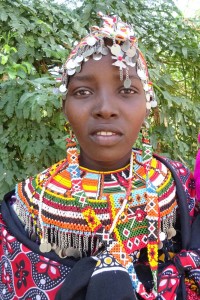
this 14 year old girl from the Rendille tribe got married a few weeks ago to a 14 year old warrior from the same tribe and is therefore still wearing her beautiful decorations. Her 4 month old child hangs on her side, shotgun wedding?
The next day we picked up our 2 skinny askaris (security guards) with their AK47’s, both from the Rendille tribe. They had to be skinny as there was only the front seat left in the car for both of them to sit on… Whilst driving through town and checking out the beautifully located and very interesting desert culture museum, we were also trying to locate the ‘guy with a boat’ who could possibly take us to Central Island. As there is no phone reception outside of town, the procedure to find somebody is to drive around and ask where he has been seen. Repeat until you find him…
In the museum we realised there is ancient rock art around Loyangalani and we decided to check it out. The site we visited is a few thousand years old and shows mainly figures of giraffe scratched into a massive boulder. Kenya never ceases to surprise.
Luckily we didn’t find the boat guy as unexpectedly we received a phone call from Leshan (owner of the car we were in). He had managed to book the Kenya Wildlife Service boat for us to go to Central Island from the Koobi Fora headquarters (a much faster and more reliable boat) and now we just have to pay him the money. Thanks to the ingenious mobile phone payment system in Kenya called mpesa and our ability to put money into our mpesa account using our bank app we are able to pay him the money whilst looking out over one of 2 remaining villages from the El Molo tribe. As we said, Kenya never ceases to amaze!
In the early evening we arrived at Sibiloi National Park, created to protect Koobi Fora. Koobi Fora is often called the Cradle of Mankind as this is where more than 70 hominid (human) fossils have been found since the late 60’s, some by the famous archaeologist Richard Leakey. Sibiloi NP has been added to the list of World Heritage Sites in 1997. You can’t see the original hominid fossils on site, but they have a small museum and 3 sites where you can see the fossilised remains of a huge turtle, a type of crocodile that no longer exists and an extinct type of elephant with huge tusks. To find these sites we had to do a bit of detective work. The curator of the museum had given us some clues, but couldn’t join us as they no longer have a working vehicle and the sites are too far away to drop him back off afterwards. With the assistance of some new world technology we managed to find the ancient critters and were very happy we did as they are extremely impressive!
Our trip to Central Island started in pretty rough conditions and the skipper temporarily forgot where the island was located (you can’t see the island when you leave Sibiloi headquarters). Luckily our askari was awake and pointed him in the right direction and we continued launching off waves and crashing hard back into the next wave until we reached the lee-side of the first crater on the island. Tranquil waters, the colour of jade making it look like we were in the Mediterranean, and after a short hike we found the bright green crater lake with a few flamingos. Spectacular!
The other lake on the island is riddled with crocodiles, it is the largest breeding ground for Nile crocodiles in the world and we saw quite a few biggies floating around along with a healthy population of turtles.
One of the best things of the boat trip was the cooler wind on the lake. On land it feels like somebody has pointed a man-sized hair dryer on full power at you, and it is relentless – blowing 40+ degrees, 24 hours a day. On the lake the air felt at least cooler than our body temperature.
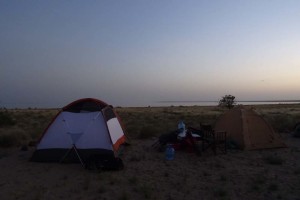
our camp site back at Koobi Fora in Sibiloi NP – luxury as they even have showers at the research station
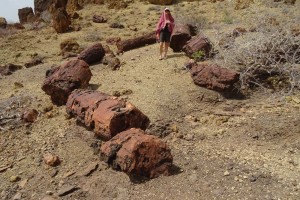
Jude hiding from the sun amongst the 7000 year old fossilised trees, incredibly you can see every ring on the trees!
More driving had to be done and on day 5 we left the Cradle of Mankind to traverse the Chalbi Desert and its inhospitable salt lake on the way to Marsabit and its small national park. Driving through small towns like North Horr made us realise how harsh the living conditions here are with many depending on food aid in the dry periods. This area gets very minimal rain and is very hot. The Gabbra people trek through the desert with their dromedaries, setting up temporary manyattas (huts) where they can find a place to feed and water their animals.
At Marsabit we camp at Lake Paradise. A good name as it is a little paradise on earth and we were lucky a huge herd of buffalo came to drink at the crater lake as we were preparing for dinner. We didn’t know it at the time, but a little frog hitch-hiked all the way back from this little paradise to Nairobi with us, he now lives in the pond in our garden. Hopefully we haven’t introduced an invasive species!
On our last long drive all the way from Marsabit to Nairobi, we bump into a group of Samburu moran (warriors) who are on their way back from a wedding. They are beautifully decorated and even have the ochre paint on their chests and in their hair, we ask permission to take their photos (granted with the help of a few bank notes) as we realise you don’t see this very often. It’s a great way to end our 6-day road trip to one of the most beautiful, but also harshest regions of Kenya.
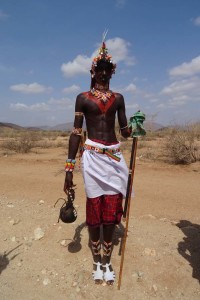
another moran, they sang and danced at the wedding of one of their age mates who is now no longer a moran
If you are considering doing a trip to the Turkana area we can highly recommend Leshan. He runs a tour company and comes from the area (from Loyangalani). He has 4 safari landcruisers you can hire including driver and fuel and he can also arrange security. He works tirelessly behind the scenes to make your trip perfect and the driver we had did the same.
Miller (our driver) made our trip, he was a great guide / driver and knows the area well. Contact Leshan on 0726 650 666 or check out his website www.gaigleshansafaris.com
Our trip was 6 days, but that was really quite tight and meant a lot of driving every day, it can be done but be prepared to miss out on things due to a tight schedule if even the tiniest problem arises… It might be better to schedule in another day or 2, also allowing you to stay longer in any of the beautiful areas you travel through.

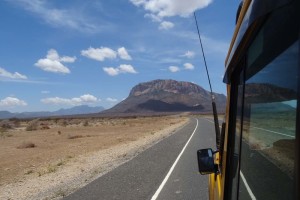

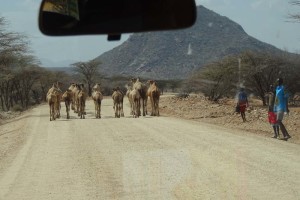
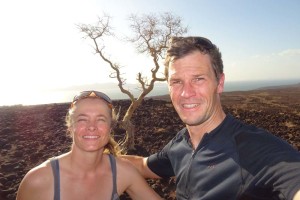
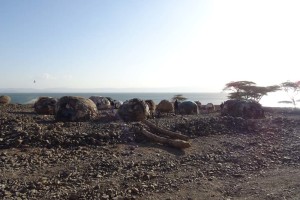
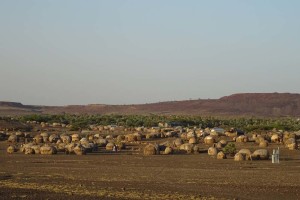
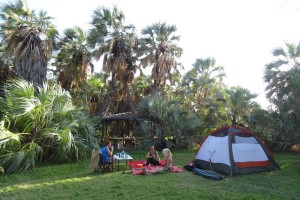
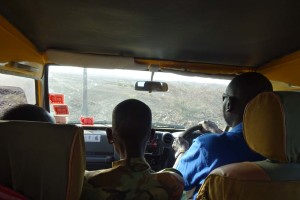
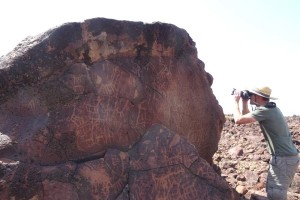
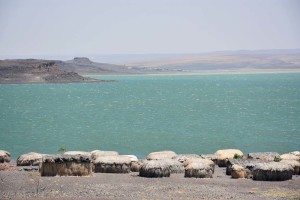
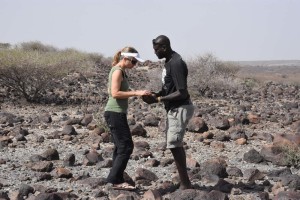
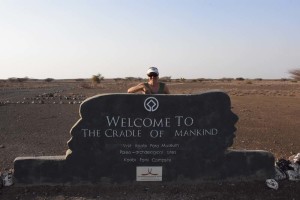

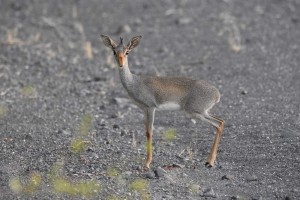
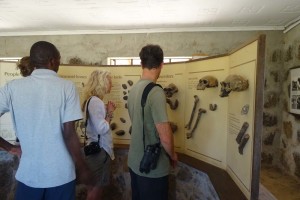
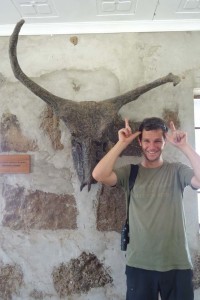
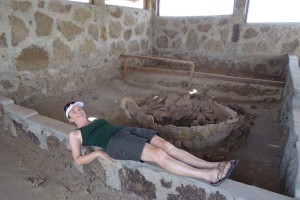
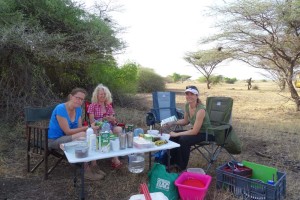
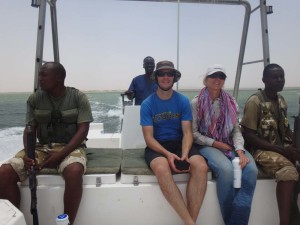
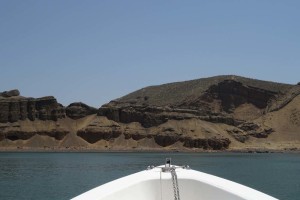
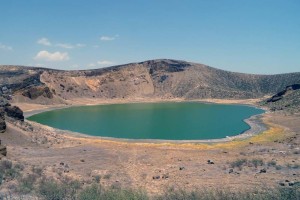
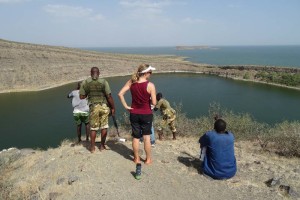

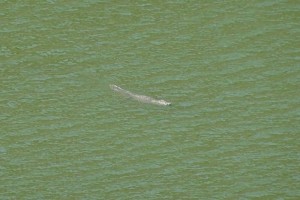
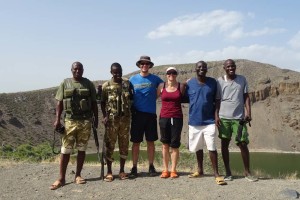
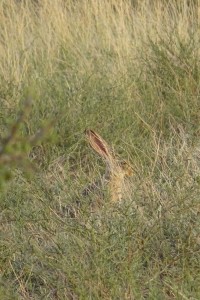
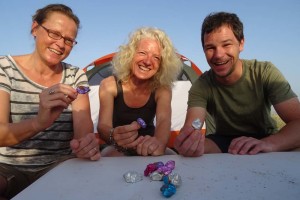
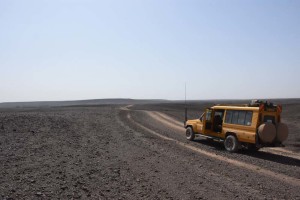

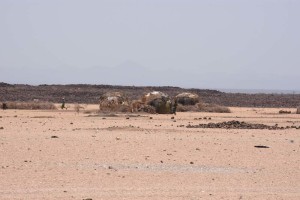
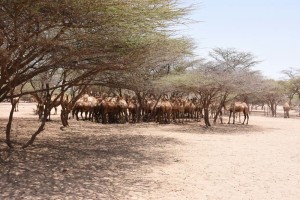
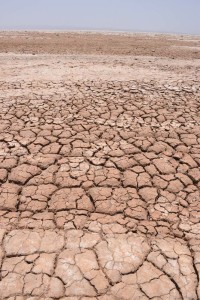
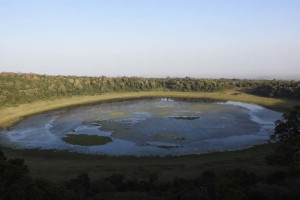
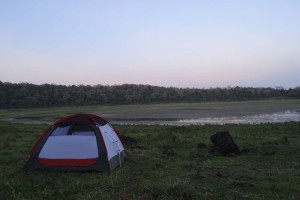
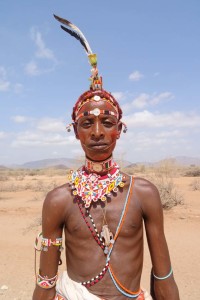

Looks like another fantastic trip!
I haven’t worked out how many friends came with you – one or two?
We were 4 in total 🙂 and yes, it was amazing! Lots of driving, but totally worth it!
Fantastic work (yes I know it is a lot of work to bring this great blog to us). Your photos are great and what incredible knowledge you have gained and shared while living and exploring from Nairobi. Thank you.
Thanks Cheryl!! Looking forward to seeing the updates on your blog on a regular basis again as well! Loved reading the first one, we were told chador means tent… 🙂 Photos brought back great memories!